Julia Wu - Senior Sales Engineer at NextPCB.com

Support Team
Feedback:
support@nextpcb.comWhether it is a DIY or a professional product, the core of any embedded electronic device is a microcontroller. The microcontroller helps developers to get input from the sensor by running the code/firmware and output to the actuator to control the device.
Although microcontrollers are usually developed as general-purpose components, different microcontrollers have different characteristics and functions, making them suitable for different application scenarios. Therefore, in order to meet the current diversified application requirements, the characteristics and functions of microcontrollers are constantly increasing, but the functions become more powerful, and at the same time it brings selection problems to electronic engineers.
According to the frequency of microcontrollers in product applications and the size of its technical community, electronics-lab has selected the 10 most popular microcontrollers in 2021.
STM32F10C8T6 is a popular model of the STM32F103x medium-density performance line series microcontrollers. It uses a high-performance ARM®Cortex®-M3 32-bit RISC core, operating at 72 MHz, and has a wide range of enhanced I/O and connection to two APB bus peripheral equipment.
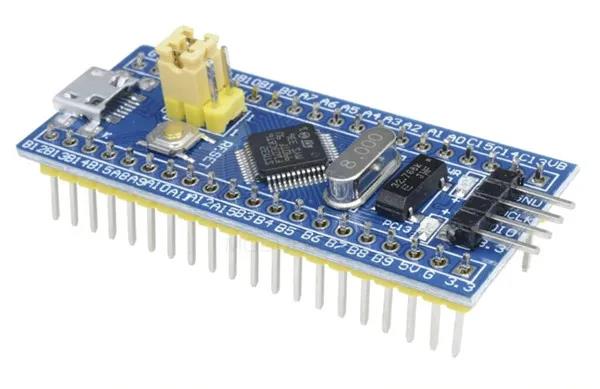
All members of the STM32F103x series, including CT86, provide two 12-bit ADCs, three general-purpose 16-bit timers and one PWM timer, as well as standard and advanced communication interfaces: up to two I2C and SPI, three USARTs, one USB and a CAN.
Development board based on STM32F103C8T6: Blue Pill
ATmega328 can be said to be one of the most popular microcontrollers in the world, and it has always been the microcontroller of choice for many designers. Designers hope to avoid the bulky Arduino board while retaining the ease of programming, community support, and other amazing features related to the Arduino development platform.
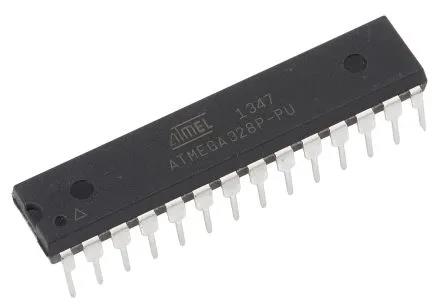
ATmega328 is an 8-bit AVR microcontroller based on advanced RISC architecture, which combines 32KB ISP flash memory and read-write functions.
Development board based on ATmega328:
PIC16F877A can be said to be the most popular 8-bit microcontroller in the PIC series of MCUs. Although some people think it is obsolete, the PIC16F877A is undoubtedly still one of the most popular microcontrollers in the world. PIC16F877A is considered to be the microcontroller that beginners who use PIC for embedded development will choose in practice, but when they become experts, it is still their preferred microcontroller.
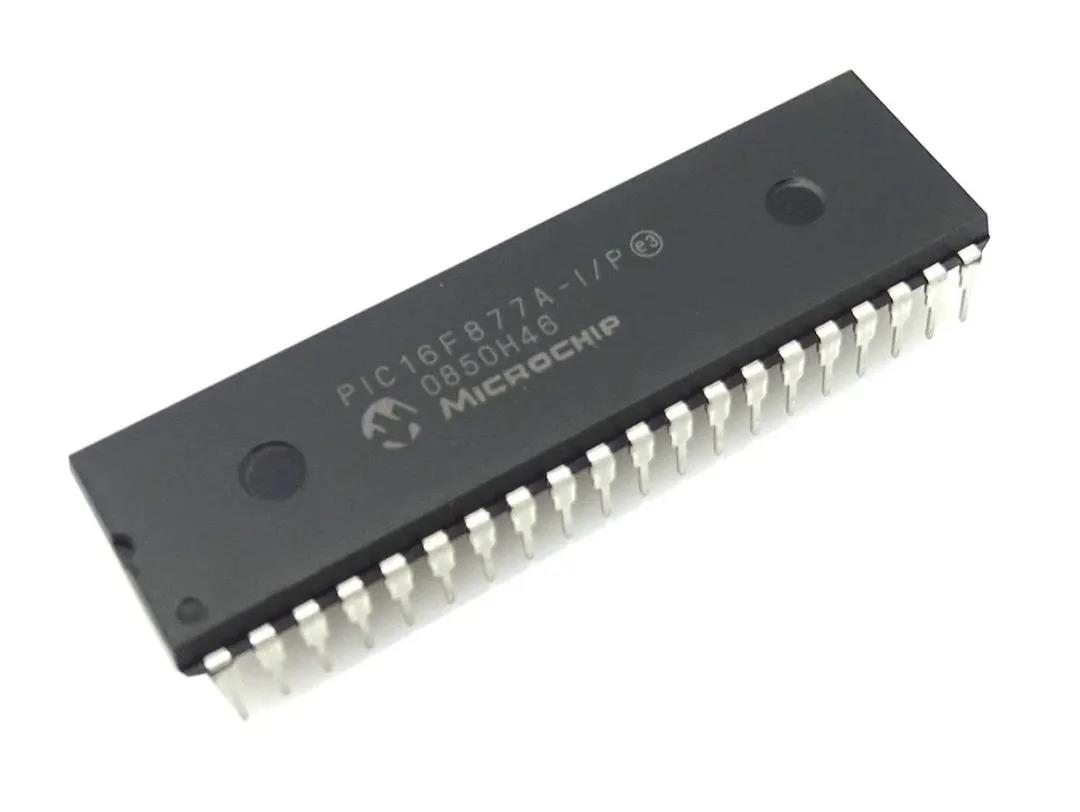
Development board based on PIC16F877A: PIC development board
In fact, development boards are one of the reasons why PIC microcontrollers are becoming increasingly unpopular. Although PIC development boards are usually very suitable for beginners because they come with different components that are helpful for learning, for most designers, this is unnecessary and bulky.
ATtiny series microcontrollers are popular because of their small form factor and are considered to be the preferred microcontrollers for projects that require a small form factor, and the number of GPIOs is very low. Among all the microcontrollers in this series, ATtiny85 is considered the most popular, probably because it seems to have more I/O pins compared to other products. Although Microchip has announced a series of new ATtiny chips and has carried out significant performance upgrades to them, ATtiny85 is still highly regarded, mainly because most designers have become very familiar with it over time.
The outstanding feature of ATtiny85 is its small size and relatively low power consumption characteristics.
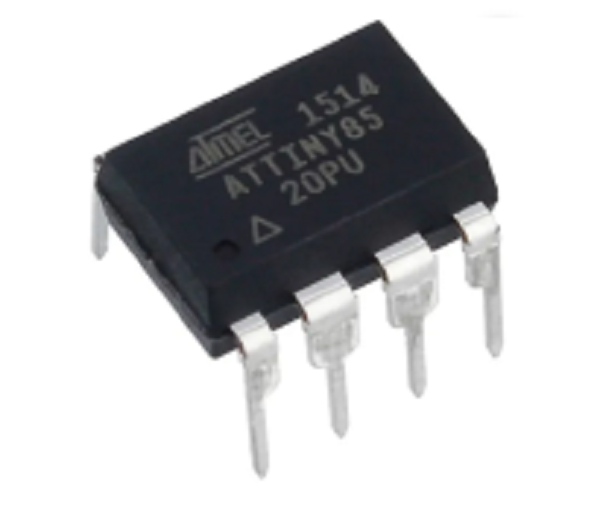
Development board based on ATtiny85:
The MSP430 series microcontrollers are well-known for their low power consumption characteristics. TI's MSP430 series microcontrollers are considered the most modern microcontrollers. So far, the most popular member of this series is MSP430G2452. MSP430G2452 is a powerful and relatively cheap microcontroller, which is based on the 16-bit RISC CPU produced by TI.
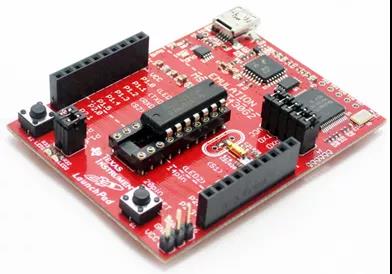
Development board based on MSP430G2452: MSP-EXP430G2 LaunchPad TI development board
The popularity of ESP8266 is undisputed. There is no doubt that it is one of the most influential microcontrollers in the past decade, and it is definitely one of the benchmarks of the current trend of microcontrollers with integrated communication capabilities.
ESP8266, developed by Espressif Systems, is a low-cost Wi-Fi microchip with a complete TCP/IP protocol stack and microcontroller capabilities. After that, multiple versions of the MCU were quickly created. Initially used as a Wi-Fi module for a microcontroller, it soon switched to modules such as ESP-12e. ESP-12e became the core of multiple projects and products.
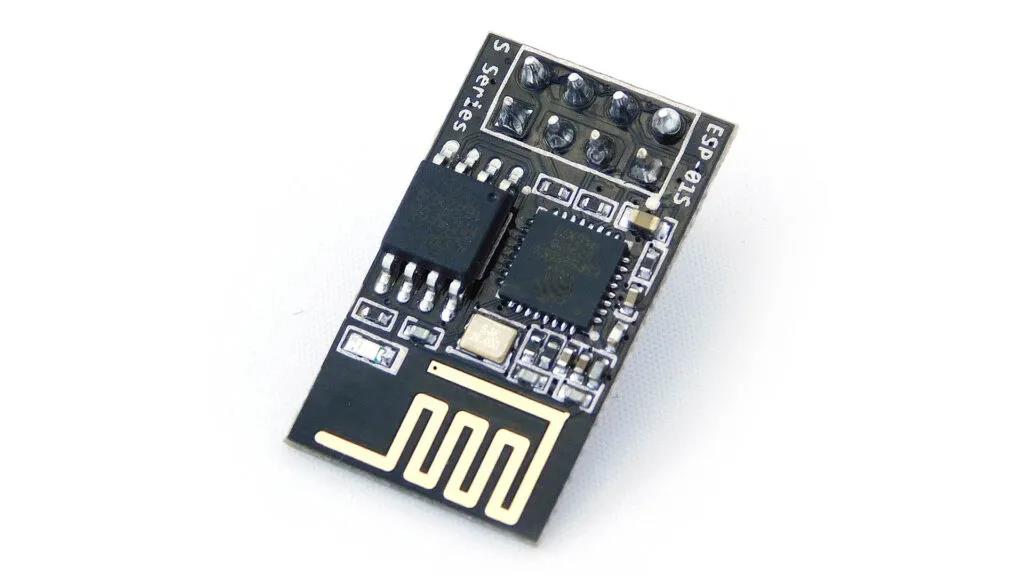
Some outstanding features of ESP8266 include:
Development board based on ESP8266:
As an upgraded version of ESP8266, esp32 has been strongly supported and adopted since it was released a few years ago. It is a low-cost, low-power on-chip microcontroller system with integrated Wi-Fi and dual-mode Bluetooth. It uses Tensilica Xtensa LX6 microprocessor in dual-core and single-core versions, including built-in antenna switches, RF balancers, power amplifiers, low-noise receiving amplifiers, filters, and power management modules.
ESP32 is specifically designed for modern applications. In addition to WiFi, ESP32 also has Bluetooth functionality and integrates multiple security functions, such as encryption hardware acceleration, flash memory encryption, and secure boot.
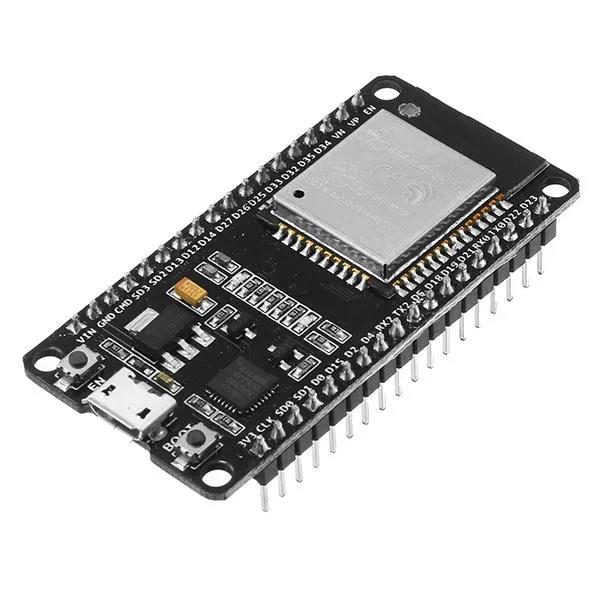
Development board based on ESP32:
Like ESP8266, there are many development boards based on ESP32, including:
Atmega32u4 is a low-power Microchip 8-bit AVR®RISC microcontroller with 32 KB self-programming flash memory, 2.5 KB SRAM, 1 KB EEPROM, USB 2.0 full-speed/low-speed device, 12-channel 10-bit A/D converter, And JTAG interface for on-chip debugging. The device can execute powerful instructions in one clock cycle, enabling it to achieve a throughput of up to 16 MIPS at a frequency of 16 MHz. This gives designers the ability to optimize power consumption and processing speed.
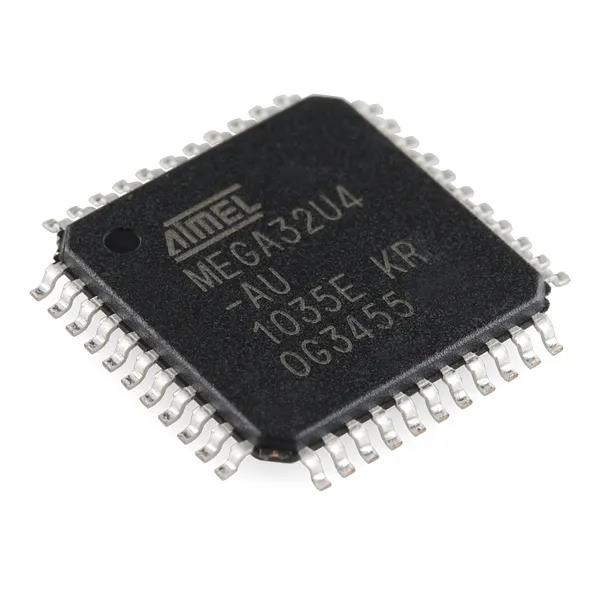
Development board based on Atmega32u4:
STM8 series microcontrollers provide a high-performance 8-bit core and a set of advanced peripherals, and their dimensions are similar to ATtiny series microcontrollers. The series consists of four series, including STM8S, STM8L, STM8AF, and STM8AL. Among all these products, the STM8S series is regarded as the mainstream MCU, and the STM8S103F3 is regarded as one of the most popular MCUs in this series.
STM8S103F3 provides 8K bytes of flash program memory, integrates real data EEPROM, advanced core and peripherals, 16MHz clock frequency, powerful I/O, independent watchdog with independent clock source, and clock security system, All of these ensure its high performance and overall system stability.
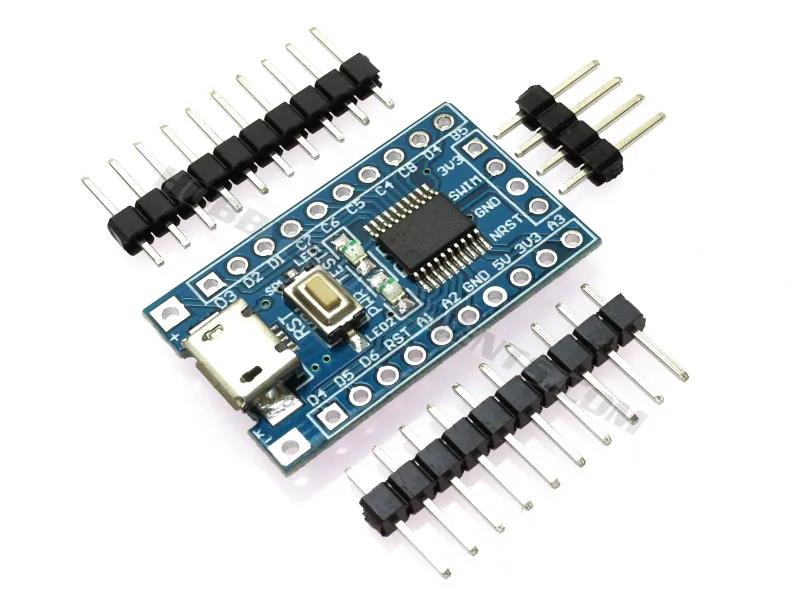
Development board based on STM8S103F3:
There are many breakout boards based on STM8S103F3 microcontrollers, these breakout boards are not mature enough to be classified as development boards. Some notable STM8S103F3-based boards include:
LPC1768 is a Cortex®-M3 microcontroller designed for embedded applications with low power requirements. It has the characteristics of high integration and low power consumption, and the frequency is up to 100 MHz.
LPC1768 is a high-performance microcontroller with up to 512 kB of flash memory and 64 KB of data storage, as well as peripherals such as Ethernet MAC, USB device/host/OTG interface, 8-channel DMA controller, and 4 UARTs.
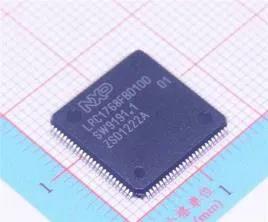
The top development boards based on NXP LPC1768 include:
Conclusion: There are currently as many as a thousand types of microcontrollers. In addition to the above 10 MCUs, there are many high-quality MCUs. What other MCU models do you think are super easy to use but not on the list? Welcome to leave a comment and share~

Julia Wu - Senior Sales Engineer at NextPCB.com
With over 10 years of experience in the PCB industry, Julia has developed a strong technical and sales expertise. As a technical sales professional, she specializes in understanding customer needs and delivering tailored PCB solutions that drive efficiency and innovation. Julia works closely with both engineering teams and clients to ensure high-quality product development and seamless communication, helping businesses navigate the complexities of PCB design and manufacturing. Julia is dedicated to offering exceptional service and building lasting relationships in the electronics sector, ensuring that each project exceeds customer expectations.
Still, need help? Contact Us: support@nextpcb.com
Need a PCB or PCBA quote? Quote now